Introduction
Ensuring compatibility when purchasing Tesla parts online is crucial for maintaining your vehicle’s performance and safety. Incompatible parts can lead to a range of issues, from minor inconveniences to severe malfunctions, potentially compromising the integrity of your Tesla. By understanding the importance of compatibility and knowing how to verify it, you can avoid these pitfalls and enjoy the benefits of using properly fitting components.
Importance of Compatibility
Tesla vehicles are renowned for their innovative design and advanced technology. Each component is meticulously engineered to work seamlessly with the rest of the vehicle. When you use compatible parts, you ensure that your Tesla operates as intended, maintaining its efficiency, safety, and performance.
Using parts that aren’t compatible with your Tesla can lead to numerous problems. For instance, an incompatible battery may not charge correctly, leading to reduced range or even potential damage to your vehicle’s electrical system. Similarly, using the wrong type of brake pads can result in decreased braking efficiency, posing a safety risk. Other issues can include fitment problems, electrical incompatibilities, and voided warranties.
Benefits of Ensuring Compatibility
Ensuring compatibility when purchasing Tesla parts online provides several key benefits:
- Optimal Performance: Compatible parts are crucial for maintaining the high performance of your Tesla. They ensure that your vehicle continues to deliver the driving experience you expect, with all systems functioning as designed.
- Safety: Properly fitting parts are essential for maintaining the safety features of your Tesla. Ensuring compatibility helps protect you and your passengers by keeping all safety systems and features operational.
- Longevity: Using the correct parts contributes to the overall longevity of your vehicle. By preventing issues that could arise from incompatible parts, you reduce the likelihood of frequent repairs and replacements, thus extending the life of your Tesla.
- Cost Savings: Investing in compatible parts upfront can save you money in the long run. By avoiding additional repairs or replacements that may be necessary due to part incompatibility, you effectively manage and reduce your overall maintenance costs.
- Warranty Protection: Using approved and compatible parts is important for maintaining your vehicle’s warranty coverage. Properly matching parts ensures that your warranty remains valid, giving you peace of mind and protection against unexpected repair costs.
Understanding Compatibility
When it comes to maintaining and upgrading your Tesla, understanding compatibility is key. Compatibility ensures that each part functions correctly with the rest of your vehicle, preserving performance, safety, and reliability. Here, we’ll explain what compatibility means in the context of Tesla parts and provide basic tips for identifying compatible components.
Definition and Importance
Compatibility refers to the ability of a replacement part or accessory to function correctly within your Tesla without causing any issues or requiring modifications. This concept is crucial because Tesla’s advanced technology and unique design require precise engineering. Using incompatible parts can disrupt your vehicle’s performance, lead to safety risks, and even void warranties.
Tesla parts compatibility involves several factors:
Ensuring Compatibility for Tesla Parts
Physical Fit: The part must physically fit into the designated space in your vehicle. This involves checking dimensions, mounting points, and overall design to ensure that the part integrates seamlessly with your Tesla. A proper physical fit is crucial to avoid installation issues and ensure the part functions as intended.
Electrical Compatibility: For electronic components, it’s essential to verify compatibility with your vehicle’s electrical system. This includes ensuring the part matches voltage requirements, connector types, and wiring configurations. Proper electrical compatibility is necessary to avoid issues such as malfunctioning features or electrical failures.
Software Integration: Some Tesla parts require integration with the vehicle’s software for optimal performance. This might involve updates or synchronization with Tesla’s onboard systems. Ensuring that the part is compatible with your vehicle’s software helps maintain functionality and performance, and ensures that any necessary software adjustments are made.
Basic Tips for Identifying Compatible Parts
Identifying compatible Tesla parts can seem daunting, but following these tips can simplify the process:
- Refer to the Owner’s Manual: Your Tesla owner’s manual is a valuable resource. It provides detailed information about your vehicle, including part numbers and specifications. Refer to it whenever you need to replace or upgrade a part.
- Use Tesla’s Official Parts Catalog: Tesla offers an official parts catalog on their website. This catalog lists parts specific to each model and variant, ensuring you find the right fit for your vehicle.
- Consult with Tesla Service Centers: If you’re unsure about a part’s compatibility, contacting a Tesla service center can provide clarity. Their technicians have in-depth knowledge and can confirm if a part is suitable for your vehicle.
- Check Part Numbers: Each Tesla part has a unique part number. Ensure that the part number of the replacement matches the original. You can often find this information in the owner’s manual or the official parts catalog.
- Read Online Reviews and Forums: Online communities like the [Tesla Motors Club](https://teslamotorsclub.com/) are great for finding real-world experiences with parts compatibility. Reviews and forum discussions can provide insights into how well a part works with specific Tesla models.
- Verify with the Supplier: When purchasing from third-party suppliers, verify the part’s compatibility by providing your vehicle’s make, model, and year. Reputable suppliers should be able to confirm if the part will fit your Tesla.
Checking Part Numbers and Specifications of Tesla Parts Online
Ensuring that the parts you purchase for your Tesla are compatible involves more than just a visual inspection. One of the most reliable ways to verify compatibility is by checking part numbers and specifications. This section will guide you through finding and verifying part numbers and understanding specifications to ensure you get the right components for your Tesla.
Finding Part Numbers
Every Tesla part is assigned a unique part number, which is essential for confirming compatibility and ensuring you get the right component. Here’s how to locate the correct part numbers:
- Owner’s Manual: Your Tesla’s owner’s manual includes part numbers for various components. This is a straightforward way to find accurate information directly related to your vehicle’s specifications.
- Tesla’s Official Parts Catalog: Tesla offers an online parts catalog that details part numbers for each model and variant. You can browse through this catalog to identify the correct part numbers you need. Access the catalog.
- Existing Parts: If you’re replacing a part, check the component itself. Most parts have identification numbers or labels directly printed on them. Carefully examine the part you’re replacing to find the part number, which can then be used to match with new components.
- Tesla Service Centers: Contacting a Tesla service center is another effective way to find accurate part numbers. Provide your vehicle’s VIN (Vehicle Identification Number) to the technicians, and they can help you identify the correct parts needed.
Verifying Part Numbers
Once you have the part number, verifying it is the next step to ensure compatibility. Here are some tools and resources to help with verification:
Online Databases: Websites like Partsology and OEM Parts offer databases where you can enter the part number and verify its compatibility with your Tesla model.
Manufacturer’s Website: If you are purchasing from an aftermarket supplier, visit the manufacturer’s website. Many manufacturers provide tools to verify part numbers and ensure they match your vehicle’s requirements.
Tesla’s Service Portal: Tesla owners can access the Tesla Service Portal to look up part numbers and verify their compatibility.
Understanding Specifications
Understanding the specifications of Tesla parts is crucial to ensure they meet your vehicle’s requirements. Here’s how to read and interpret part specifications:
Dimensions: Ensure that the physical dimensions of the part match the space available in your vehicle. This includes length, width, height, and any mounting points.
Electrical Compatibility: For electronic components, check voltage and current ratings to ensure they match your vehicle’s electrical system. Using components with incorrect ratings can cause malfunctions or damage.
Material: The material used in the part should meet or exceed the original specifications. For instance, brake pads should have the same or better friction material to ensure safe braking performance.
Software Requirements: Some parts, especially electronic ones, may require software updates or specific firmware versions. Ensure that your Tesla’s software is compatible with the new part.
Performance Specifications: For performance parts, like suspension components or tires, ensure that they meet the performance criteria set by Tesla. This includes load ratings, speed ratings, and other performance metrics.
Official vs. Aftermarket Parts
When it comes to replacing or upgrading parts for your Tesla, you have two primary options: Original Equipment Manufacturer (OEM) parts and aftermarket parts. Understanding the differences between these options, their compatibility, and the pros and cons of each can help you make informed decisions.
OEM vs. Aftermarket: Definitions and Differences
OEM Parts: These are parts made by Tesla or an authorized manufacturer that produces components to Tesla’s exact specifications. OEM parts are identical to the original parts that came with your vehicle.
Aftermarket Parts: These are parts made by third-party manufacturers that are not affiliated with Tesla. Aftermarket parts can vary in quality and may offer different features or enhancements compared to OEM parts.
Compatibility of Aftermarket Parts
Ensuring compatibility is crucial, especially with aftermarket parts. Here’s how to determine if an aftermarket part is compatible with your Tesla:
- Manufacturer’s Information: Reputable aftermarket manufacturers provide detailed compatibility information. Check their website or product listings for specific Tesla models and years.
- Reviews and Ratings: User reviews on platforms like automotive forums such as Tesla Motors Club can provide real-world insights into compatibility and performance.
- Certification and Standards: Look for parts that meet industry standards and certifications. These can be indicators of quality and compatibility.
- Fitment Guides: Many aftermarket suppliers offer fitment guides or tools on their websites to help you select the right parts for your vehicle.
Pros and Cons
Both OEM and aftermarket parts have their advantages and disadvantages. Here’s a breakdown to help you decide:
OEM Parts
Pros:
Guaranteed Fit and Performance: OEM (Original Equipment Manufacturer) parts are engineered to meet Tesla’s precise specifications, ensuring they fit perfectly and perform as intended. This helps maintain your vehicle’s optimal functionality.
Warranty Protection: Utilizing OEM parts helps preserve your vehicle’s warranty coverage. This is crucial for avoiding potential voiding of the warranty due to the use of non-approved parts.
Quality Assurance: OEM parts generally undergo rigorous testing and quality control processes. This ensures that they meet high standards of durability and reliability, contributing to the long-term performance of your vehicle.
Cons:
Higher Cost: OEM parts tend to be more expensive compared to aftermarket alternatives. The premium cost reflects the brand’s assurance of quality and compatibility, but it can be a significant factor for those on a budget.
Limited Availability: Some OEM parts may only be available through Tesla or authorized dealers. This can be inconvenient, particularly if you need a part quickly and have limited access to these suppliers.
Aftermarket Parts
Pros:
Cost-Effective: Aftermarket parts often come at a significantly lower price than OEM parts, allowing for substantial savings. This cost advantage can be appealing to those looking to manage their budget.
Variety and Innovation: The aftermarket industry provides a broad selection of options, including performance upgrades, customizations, and specialized components. This variety allows for personalization and enhancements that may not be available with OEM parts.
Availability: Aftermarket parts are widely available from numerous retailers and online stores. This broad accessibility can make it easier to find specific parts and often results in quicker procurement.
Cons:
Variable Quality: The quality of aftermarket parts can be inconsistent, with some parts being inferior to OEM standards. It is crucial to select reputable brands and suppliers to ensure that you are getting reliable and durable components.
Compatibility Risks: Aftermarket parts may not always fit or function correctly with your Tesla. Incompatibility can lead to performance issues or additional repairs. Thorough research and verification are necessary to avoid these risks.
Potential Warranty Issues: Using aftermarket parts might affect your vehicle’s warranty, especially if the parts cause damage or are not approved by Tesla. This can lead to complications in warranty claims and potential out-of-pocket costs for repairs.
Making the Right Choice
Deciding whether to use OEM or aftermarket parts hinges on various factors, including budget, quality, and specific needs. Here’s a guide to help you navigate the decision:
OEM Parts: For critical components such as brakes or battery systems, OEM parts are often the safer choice. They offer guaranteed compatibility, reliability, and quality assurance, ensuring that essential systems in your Tesla function correctly and safely.
Aftermarket Parts: For non-essential upgrades or customizations, high-quality aftermarket parts can be a cost-effective and innovative alternative. They provide opportunities for performance enhancements and personalization that may not be available with OEM options.
These resources offer comprehensive insights into the advantages and disadvantages of both types of parts, helping you make informed choices.
Choosing Reliable Tesla Parts Online Suppliers
To ensure you obtain high-quality and compatible parts for your Tesla, selecting a reliable supplier is crucial. Here are some key tips to help you identify trustworthy sources:
Research and Reviews: Check reviews and ratings on platforms like Trustpilot and Google Reviews. Positive customer feedback can offer valuable insights into the supplier’s reliability and the quality of their products.
Reputation: Choose suppliers with a strong, established reputation in the automotive industry. Companies with a long history are more likely to provide reliable and high-quality parts.
Official Partners and Authorized Dealers: Purchasing from Tesla’s official partners or authorized dealers ensures that you receive genuine and compatible parts. Visit Tesla’s support page to find a list of authorized dealers and partners.
Return and Warranty Policies: Reliable suppliers usually have clear return and warranty policies. Verify that the supplier offers a reasonable return period and warranty coverage for their parts to safeguard your purchase.
Customer Service: Assess the supplier’s customer service quality. Reliable suppliers should provide prompt and helpful support through various channels, including phone, email, or chat.
Certifications and Quality Checks
Certifications and quality assurance measures are indicators of a part’s reliability and compatibility. Here’s why they are important and what to look for:
- ISO Certification: Look for suppliers that have ISO (International Organization for Standardization) certifications. ISO-certified companies adhere to strict quality management standards, ensuring the parts they sell are reliable and meet industry standards.
- OEM Standards: Parts that meet OEM (Original Equipment Manufacturer) standards are designed to match the quality and performance of the original Tesla parts. Check if the supplier mentions adherence to OEM standards.
- Quality Assurance Processes: Reliable suppliers implement rigorous quality assurance processes, including testing and inspection of parts. Look for information on the supplier’s quality control measures on their website or product descriptions.
- Third-Party Testing: Some suppliers may provide parts that have been tested and certified by third-party organizations. These certifications add an extra layer of credibility to the parts’ quality and compatibility.
Where to Look for Tesla Parts Online Suppliers?
Kylin EV Parts Ltd is situated in Guangzhou, the hub of China’s automotive parts industry. Established in 2013, the company owns three factories specializing in car cover and dog mats, automotive sunshades, and car floor mats. We excel in customized production for renowned automobile brands such as Tesla, VW, BYD, and others.
In 2022, our international trade department was established, focusing on the integration of Tesla wholesale parts, as well as aftermarket modifications. As China’s premier B2B supplier, we offer a comprehensive service in integrating Tesla spare parts for numerous foreign sellers, both online and offline.
We extend a cordial invitation to collaborate with foreign dealers and explore OEM and ODM partnerships for our products. With our commitment to the most professional service, the highest quality products, and the most reasonable prices, we endeavor to provide unparalleled support.
Ensuring compatibility when purchasing Tesla parts online is crucial for maintaining your vehicle’s performance, safety, and longevity.


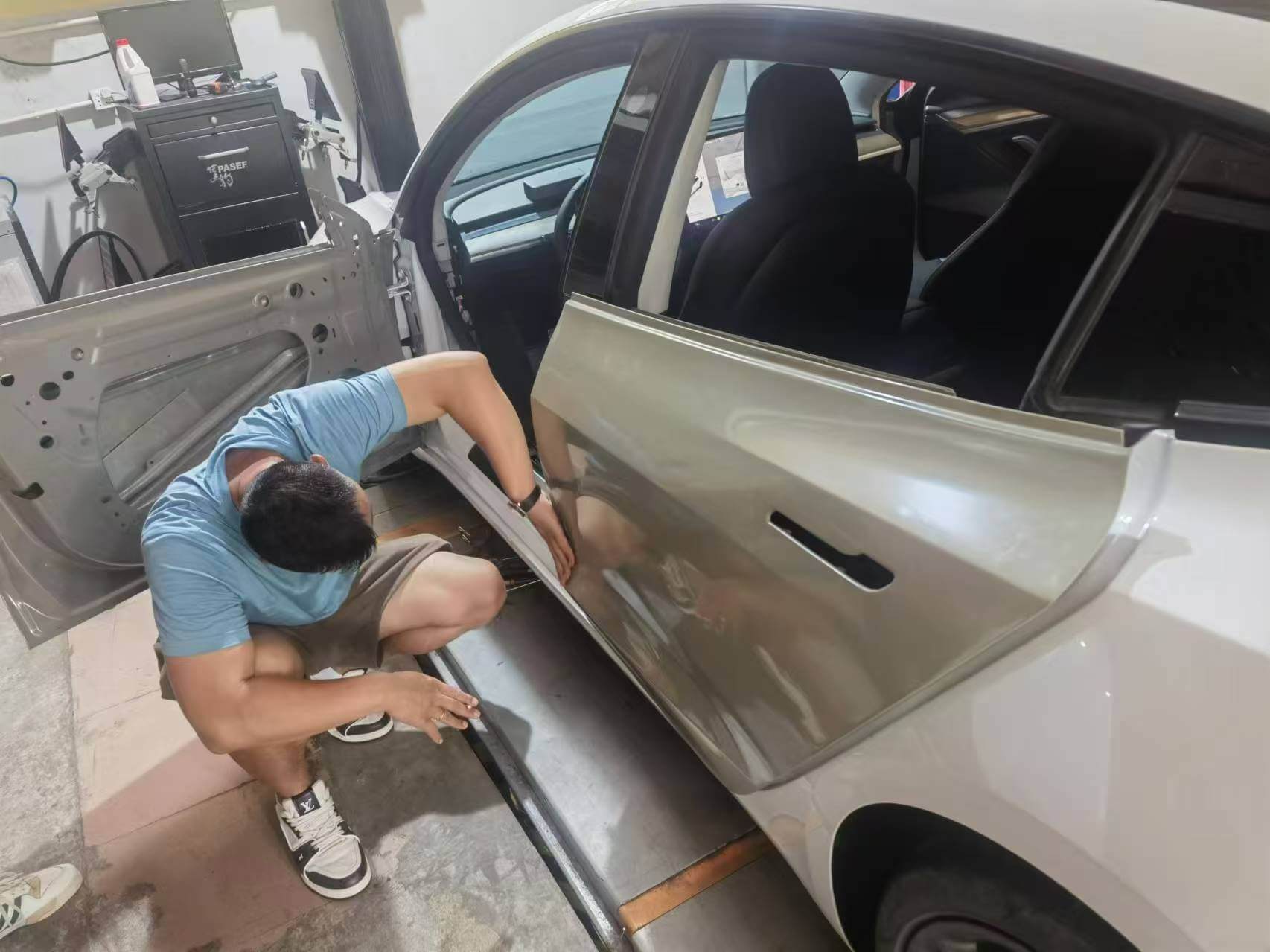
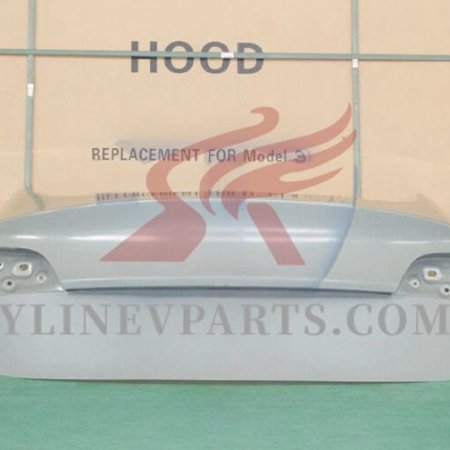
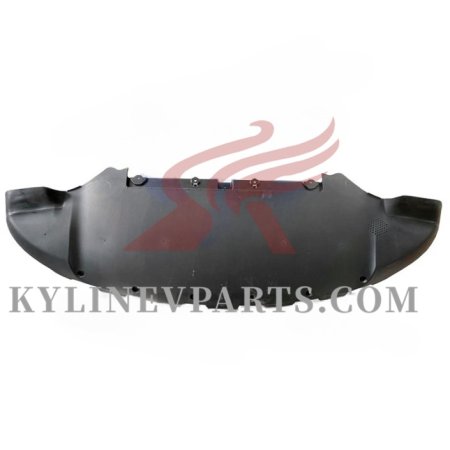

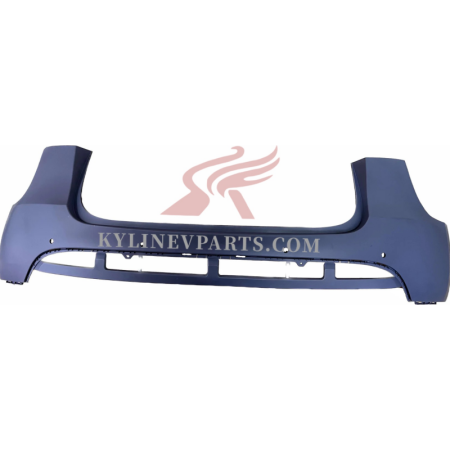
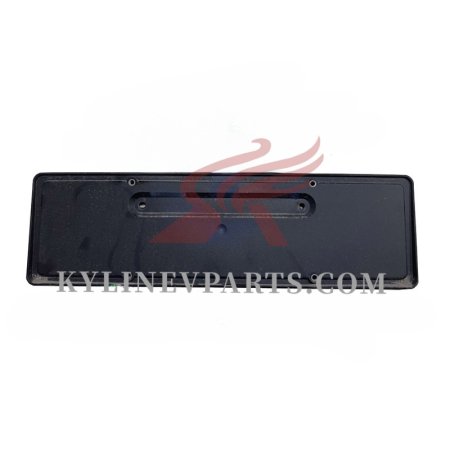
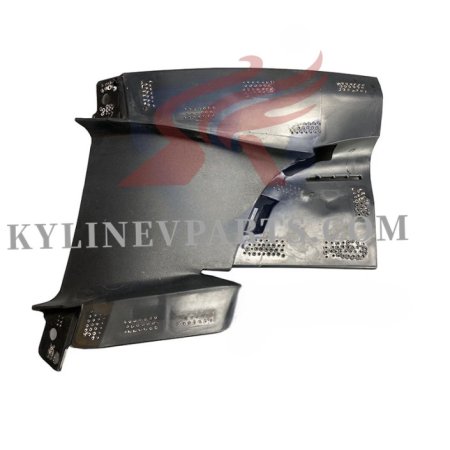


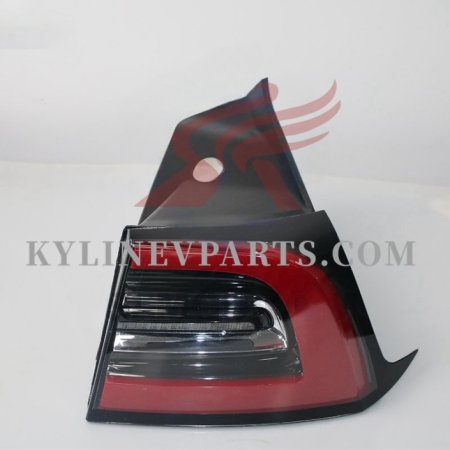
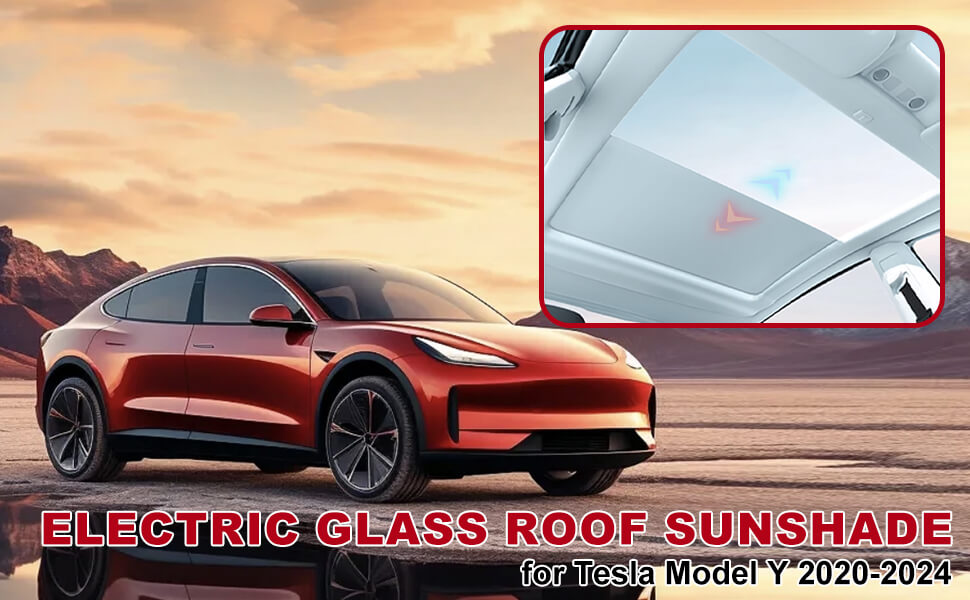
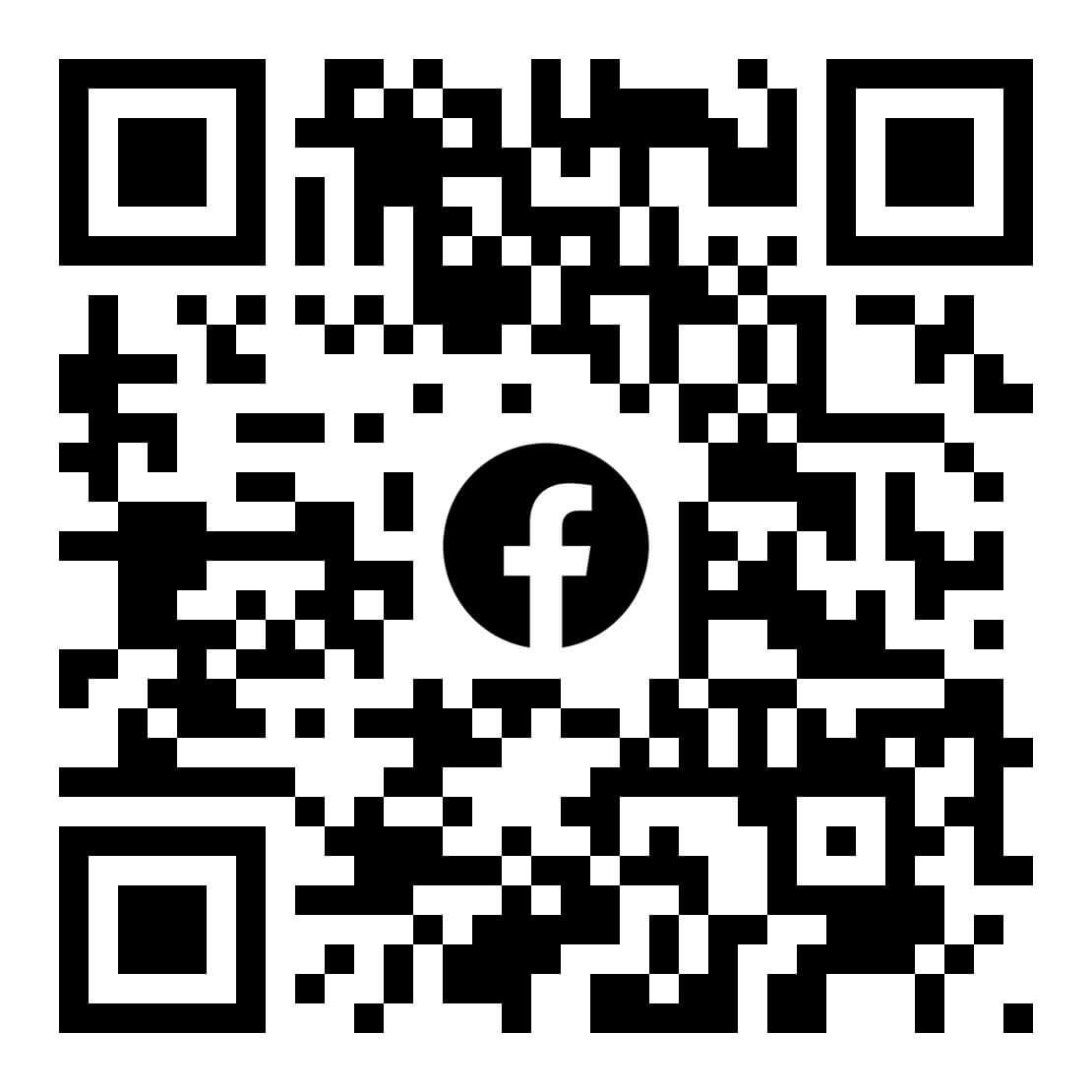


![How to Recover BYD Atto 3 Dashcam Recordings [with 3 Effetive Methods] 15 4 1](https://kylinevparts.com/wp-content/uploads/2024/08/图片4-1-80x80.png)